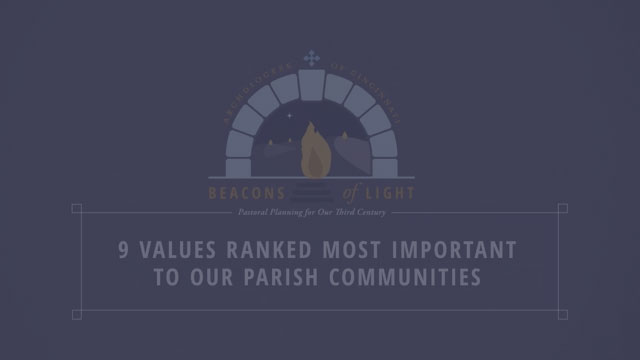
We gave participants a list of nine values that are important to a parish community and asked them to rank the values in order of what is most important to them. In Cincinnati…
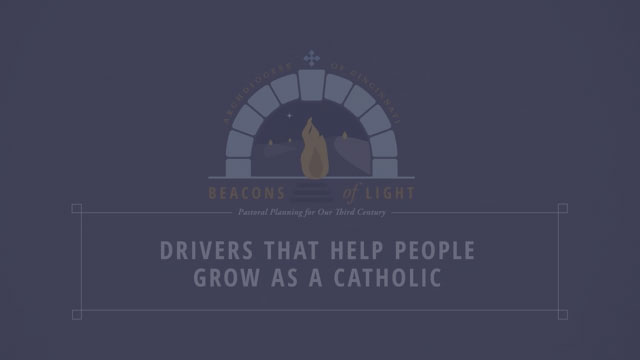
Parishioners primarily selected the pastor as the biggest driver in whether they feel the parish is helping them grow as Catholics. Essentially, this means that they are more…
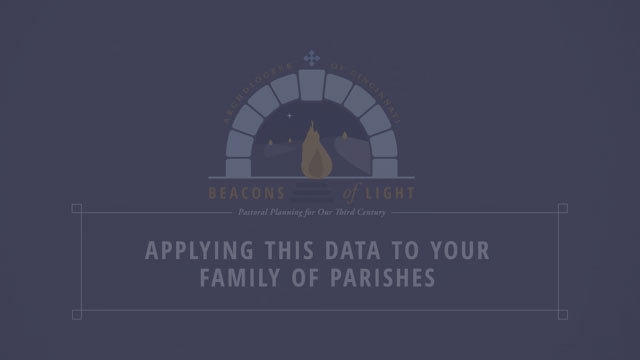
Identifying opportunity and best practices. As you consider setting goals and planning programs, the data can help you identify where to start. For example, you can determine where…
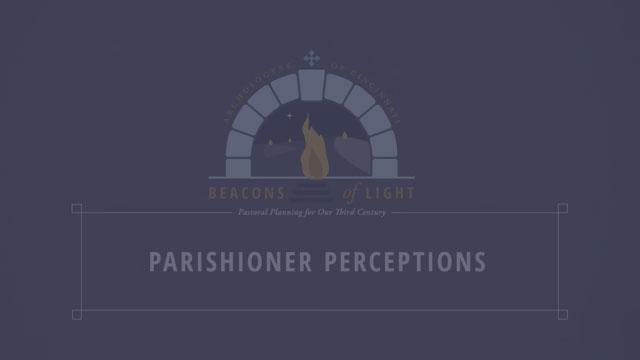
Financial perceptions. The survey asks parishioners how it’s going financially in their parish. They have a number of choices, but the largest population—almost 40%—said they don’t…
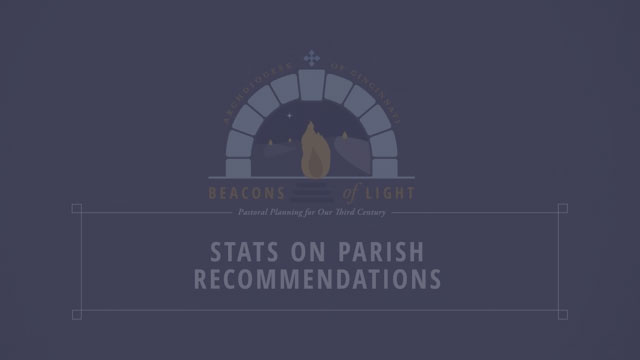
The survey includes a question in which participants are asked whether they are likely to recommend a parish, on a scale from Strongly Disagree to Strongly Agree. As you look at…
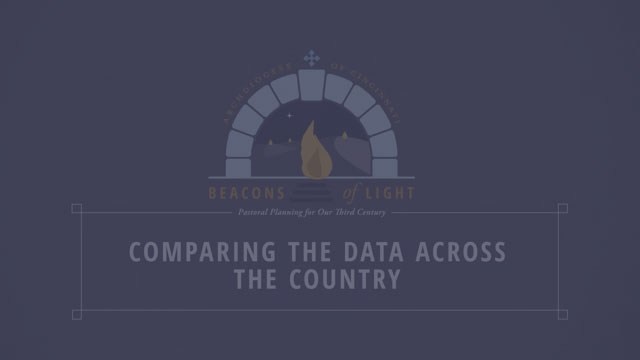
Beacons effect. The survey was administered about six months after a lot of the pastoral changes were made and announced, and new pastors were coming in. So when looking at the…
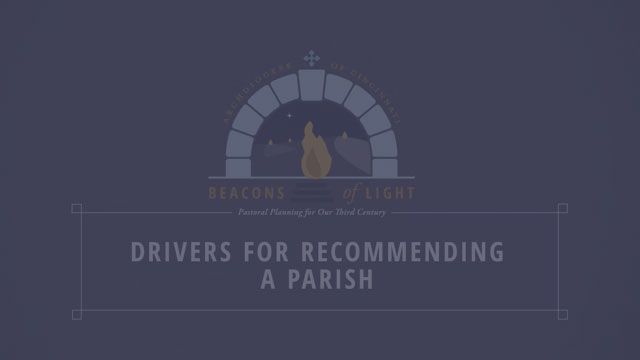
A parishioner in the Archdiocese of Cincy is 11x more likely to recommend their parish if they are likely to recommend their pastor. This is the primary driver in whether a…
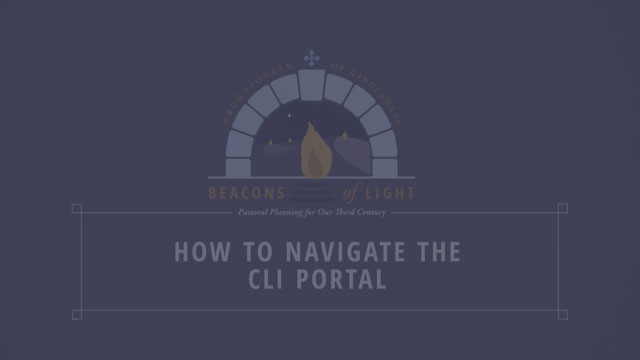
When you log in to the CLI portal, you will see reports relating to: Parish distribution, Belief factors, Best practices, Leadership, Spiritual practices, Key drivers. You can compare…
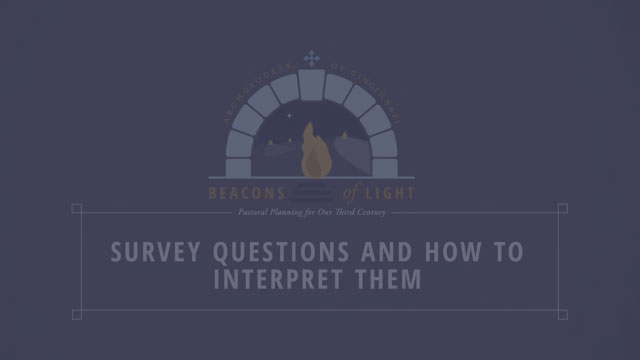
The survey asked a series of questions surrounding attitudes and beliefs of parishioners. Core beliefs. These questions aim to assess what parishioners believe regarding core…
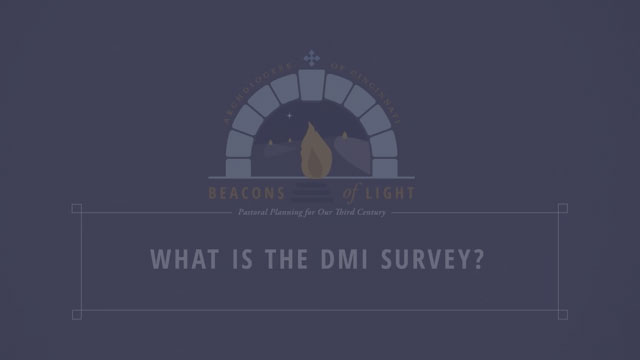
To date, the DMI (Disciple Maker Index) survey is the largest study on parish life in the world, with over 600,000 responses from over 50 dioceses and more than 2,500 parishes in…
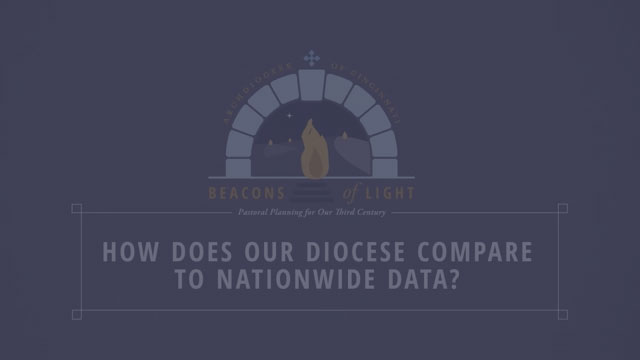
In the Archdiocese of Cincinnati—and in other places that are in the midst of pastoral planning—we find consistent below-average responses, specifically with regards to key drivers…
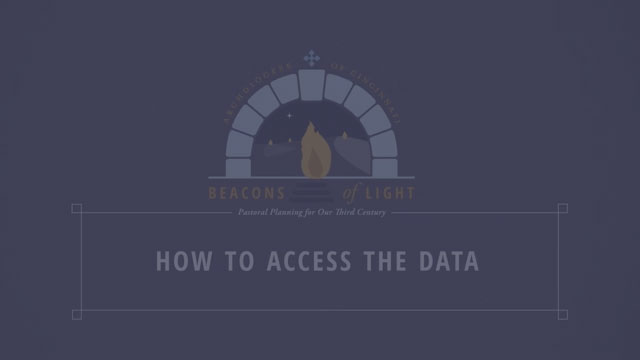
Get in touch with Rob Brock, who will get you set up with access to the DMI data. Once you access the data, be mindful about how you share the information. Out of context, it’s ripe for misinterpretation.
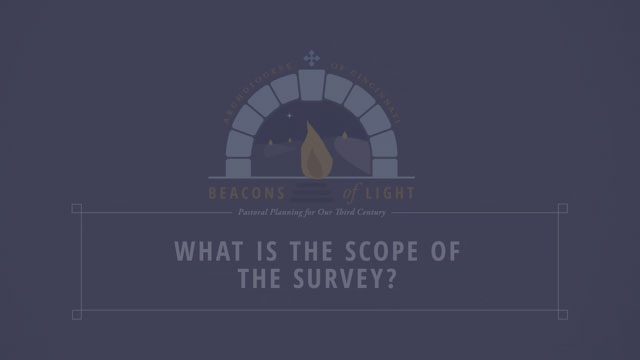
In the Archdiocese of Cincinnati, the DMI survey was administered to 35 out of 57 parish families. This equates to: 116 parishes within those families 18,000 people (which is…
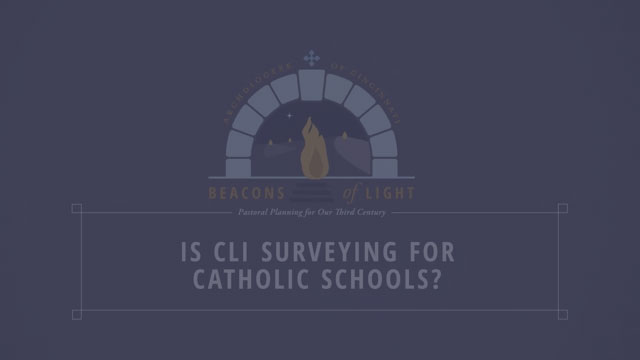
Yes. The DMI survey does ask several questions relating to Catholic education and the parish school, including: How parishioners perceive the relationship between the parish…
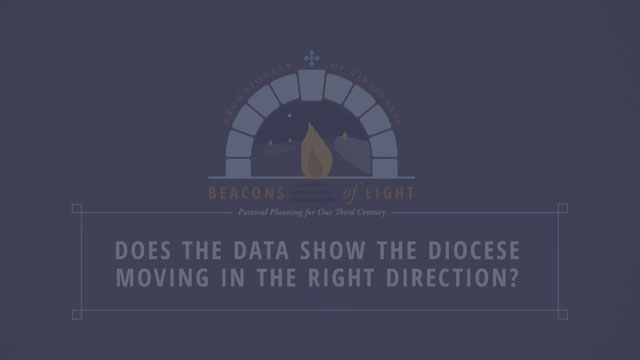
In the data for the Archdiocese of Cincinnati, we see evidence of a challenging period of time. There is also evidence we are moving in the right direction. A question was…
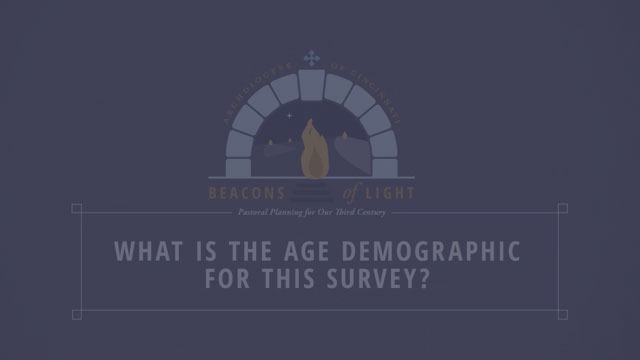
The participants in the DMI survey in the Archdiocese of Cincinnati are mostly adults over 18 years old. There were some responses from high school students under 18 years old, but that demographic is underrepresented…
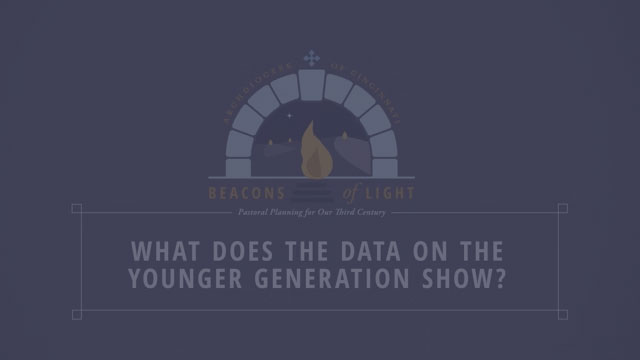
Millennials don’t have a connection to parish traditions. That’s just a generational reality proved by statistics and trends. They have a different way of looking at church and…
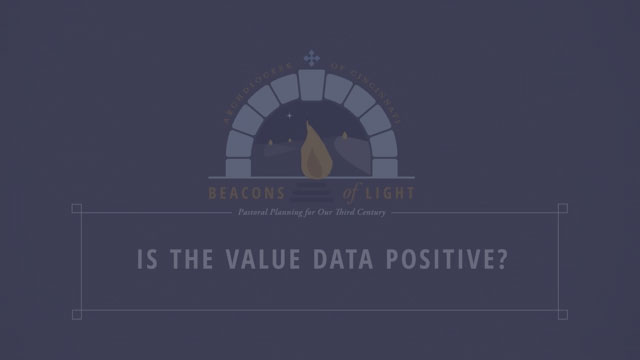
When we look at the value ranking system in the survey results, we see that the age distribution is highly skewed toward those who are over 55. It’s important to be aware of the…
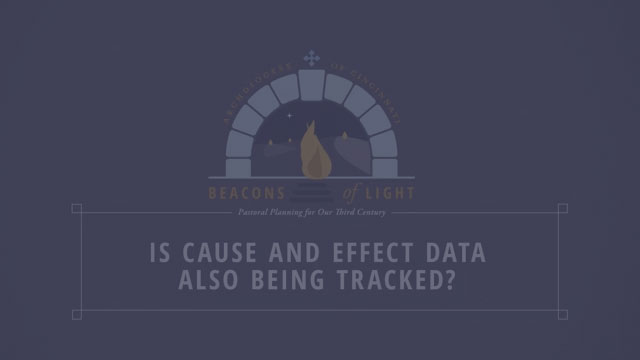
With statistics, it is almost impossible to prove causality. The CLI works with parishes for three years. They help parishes develop a plan and set goals based on the initial…
I am convinced that Beacons of Light, born of great hope, will enable us to form stronger parishes, centered on the Eucharist, that radiate the love of Christ and joy of the Gospel… God has abundantly blessed our first two centuries and will certainly bless the next.
— ARCHBISHOP DENNIS M. SCHNURR
Notifications